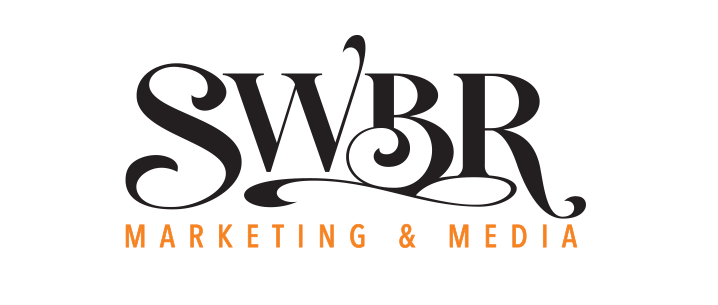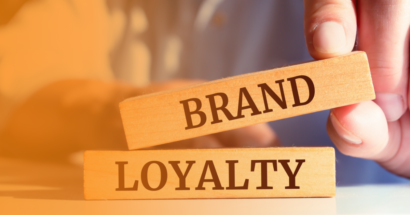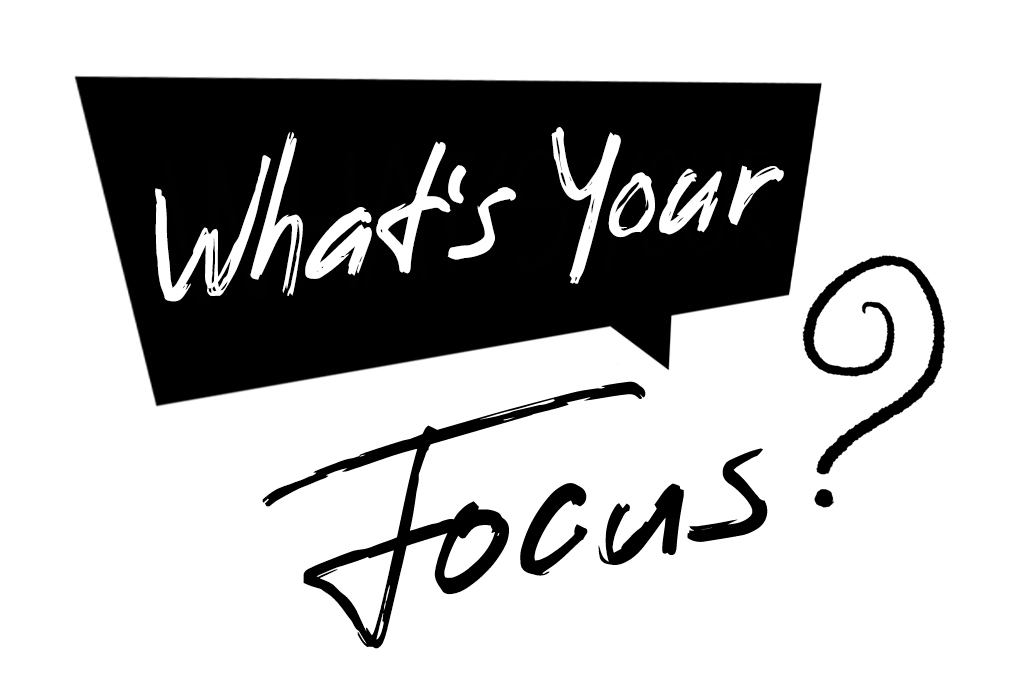For anyone who has even a pinky toe dipped into the public domain, from an A-list, Academy Award-winning celebrity to an on-the-rise politician seeking office to an emerging influencer looking to become the latest irresistible TikTok star, incurring a string of positive media coverage is considered Willy Wonka’s prestigious Golden Ticket on the fast track to building a lasting reputation.
The same principle can also be applied to any enterprise ranging from an instantaneously recognizable global entity that is woven into the daily fabric of our lives (here’s looking at you, Netflix) to an innovative but small start-up firm looking to burst the bubble and stake their claim in the big leagues.
The fact is, regardless of the whom or what involved, a savvy media relations strategy distinguishes a client, product, or service through earned media relations as a cornerstone in constructing an impactful, overarching communication plan that not only elevates that brand’s visibility, but also favorably positions it to the intended target audience.
Measuring a brand’s authority on the index scale is generally associated with the organization’s growth and favorable impressionability (especially within the online domain), and thereby requires a dedicated strategy to build that awareness, increase trust, and attract the right kind of attention.
Sounds easy enough, right? Well, if only it were that simple. While we can all agree that 2020 is a year most people wish they could forget, it has left a devastating impact within the journalism field. In addition to layoffs and volatile production schedules, a recent survey from the International Center for Journalists has revealed that editors have been harshly influenced by the crippling aftermath effects linked to the COVID-19 pandemic. While the dynamic between journalists and PR specialists has always been considered complex, the economic, physical, emotional and psychological implications rooted from the outbreak have placed additional stress on the transactional nature of this relationship, which to be fruitful for both parties involves cooperation and interaction.
Although media relations insights are always widely embraced year-after-year, there are distinct lessons we’ve gained from 2020 that fall within a standout category of its own. If you discover that your strategy has flatlined as a result of this shifted landscape consider the following tips to crack today’s current media code:
1.) Make your research count
Historically, one of the biggest rookie mistakes committed in this profession has been the lack of due diligence about a reporter’s assigned beat, which in this environment is more than likely to: a) switch, or b) thanks to the downstream effects of the ad market implosion, expand.
Now more than ever before, it’s essential to familiarize yourself with the type of stories a journalist likes to cover. Moreover, understanding the specific audience profile of a media outlet so that you can skillfully customize your timely pitch to adhere to that publication’s editorial mission and perspective is no longer a tactic you can haphazardly skim. By cutting corners in the form of critical legwork a.k.a. “throwing spaghetti at the wall to see what sticks”, it’s a surefire method to guarantee that your pitch falls into the dark pit of the online stratosphere for eternity.
2.) Build credible relationships for the long haul
In graduate school, I had a professor, a former Los Angeles Times reporter, emphasize a point that struck a chord with me from the moment he uttered it nearly a decade ago. Attempting to construct the symbiotic relationship between the mainstream media and public relations specialists, he exclaimed, “Remember that editors aren’t your enemies, but they’re not your friends, either.”
Think about it this way. Relationships bridge the divide between the two sects, but in order to remain on sturdy ground, the foundation must be mutually beneficial for both parties. The insider secret? Achieving a strong relationship built on values of respect, trust, and credibility with local, national/international, and trade media outlets requires you to stop treating your communications as a one-way street where you and your client reap all of the rewards.
Instead, offer your assistance with stories that are in no way correlated to your client (without asking for a payback return later). Genuinely invest time into getting to know the journalists or producers you’re engaged with, both online or offline. Cultivating and nurturing authentic relationships is possible, but requires you to think and behave like the sensitive, intuitive person you are and make a long-term commitment.
3.) Cut through the clutter
For the average person, life moves at warp speed. In the COVID-19 age where many continue to telework, and the work-life balance has morphed into a tightrope act where those fine, distinct lines are vanishing, this perception has only been amplified.
So, where do editors fall on this scale? With six PR practitioners for every lone journalist, it’s a safe bet to conclude that their universe rarely stands still. Flooded by hundreds of pitches landing in their inbox on a daily basis, setting yourself apart from the herd requires the honed discipline to arrive at your relevant story angle fast. When evaluating the newsworthiness of a story, the top singular question on their mind is, “Why does this matter to my audience/readers?” If you can’t persuasively answer that question in two sentences or less, go back to the drawing board and make another go at it. Effectively pitching the media dictates a special type of persistence in a world where less is always more.
4.) Read the room with emotional intelligence
If you want to become a superior PR pro, perseverance is a trait you need to not only accept as coming with the territory, but given its weighted value, also master. While it’s common to gently “check in” with a journalist you’ve pitched a story to, consider the exercise of self-control as to not incessantly pester or bother the media. Journalists are incredibly busy, real people who are being pulled in multiple directions both in and outside of the virtual sphere, and injecting yourself and your client into the picture with unwanted, pesky attention will only cause the opposite intended effect. As a good rule of thumb, if you’ve gracefully followed up periodically with a journalist to no avail, consider the sound of crickets chirping in the background their disinterested answer and move on.
Moreover, don’t forget that for the majority of the population, 2020 has induced trauma unlike anything we’ve ever experienced in recent times, and the media isn’t excluded from the lingering PTSD. Determining how to approach tricky issues without coming across as insensitive or tone-deaf requires attentive thought that reaches deep into the humanitarian side of your brain.
Although earned media coverage is never guaranteed by any traditional, well-respected public relations practitioner, there are distinguishable ways to increase the likelihood of your pitch getting read by an editor, and most importantly, having your unique story shared. With the art of perfecting media relations continuously evolving, especially in this tumultuous era, generating favorable, highlighted PR victories doesn’t happen overnight.
Contact SWBR to learn more about the techniques involved to refine your media relations strategy for consistent, meaningful coverage within your category.

















